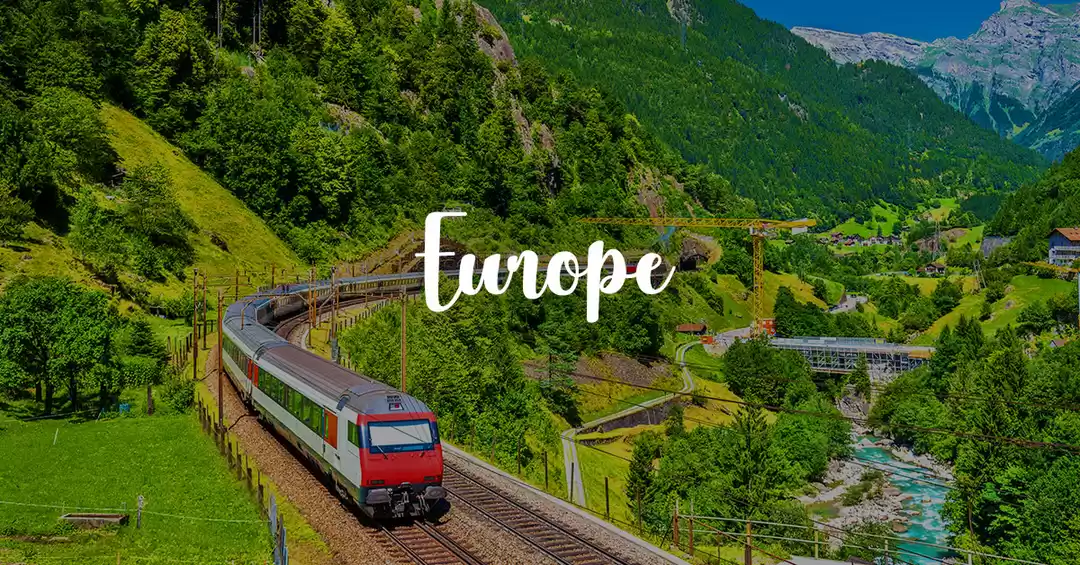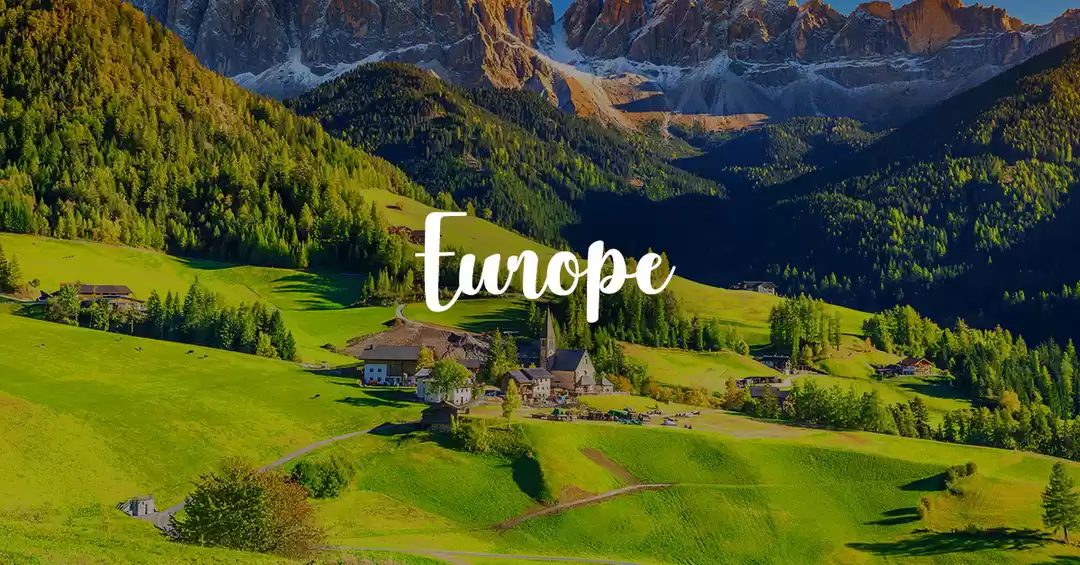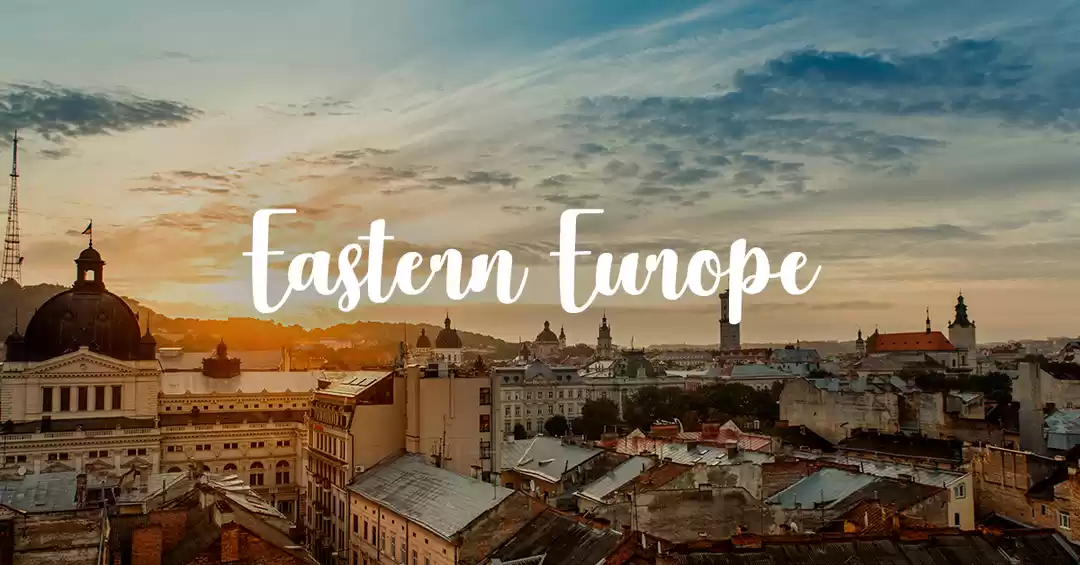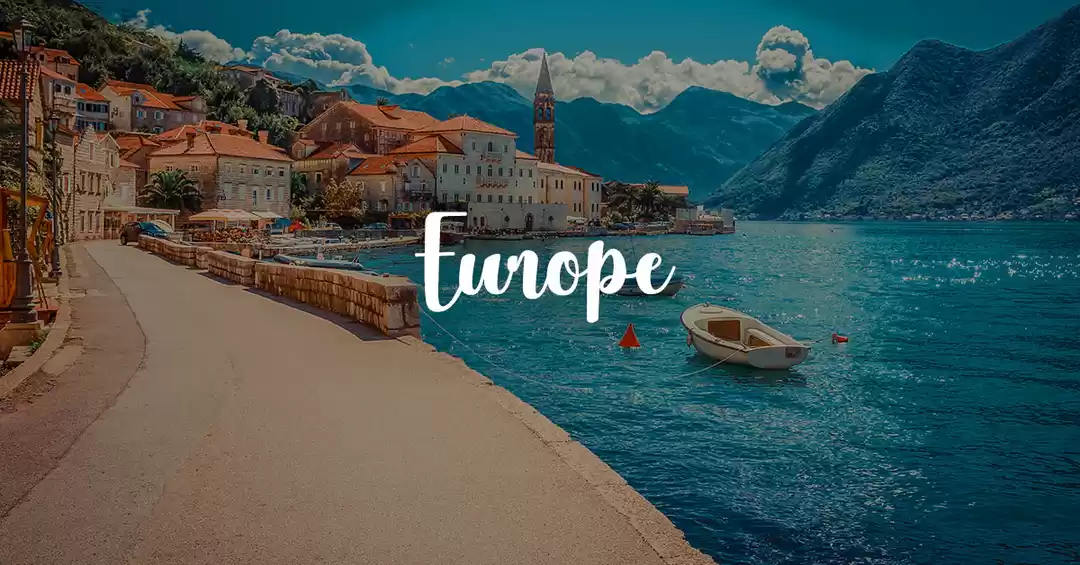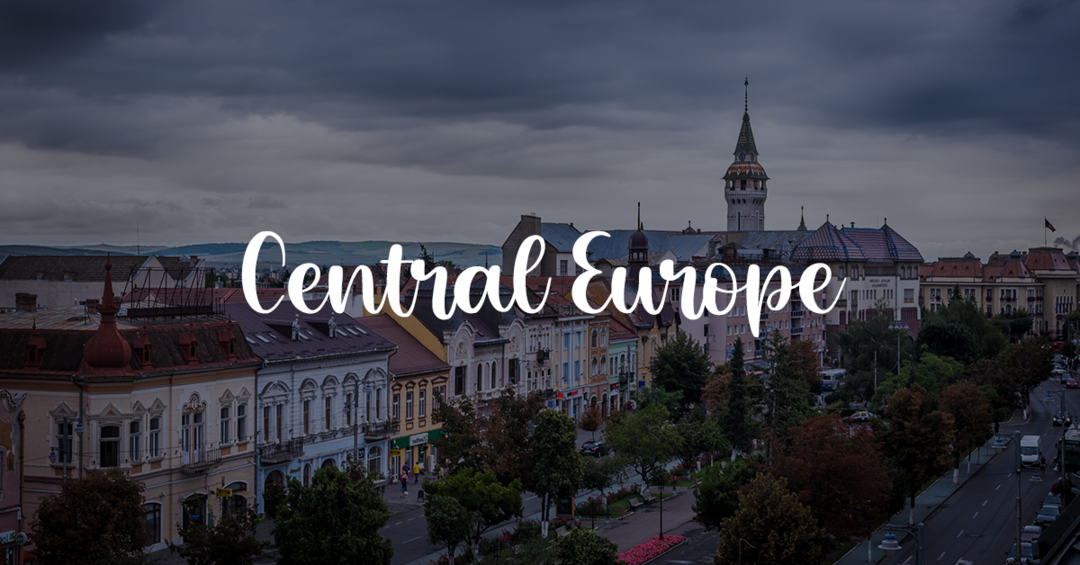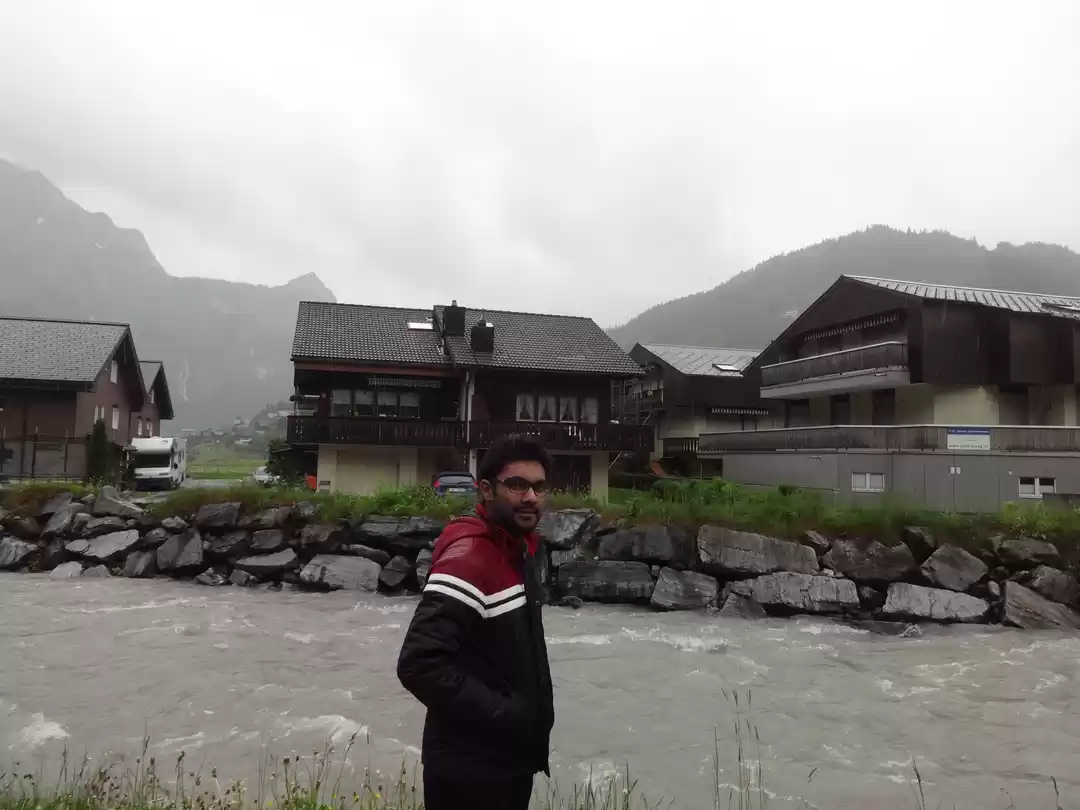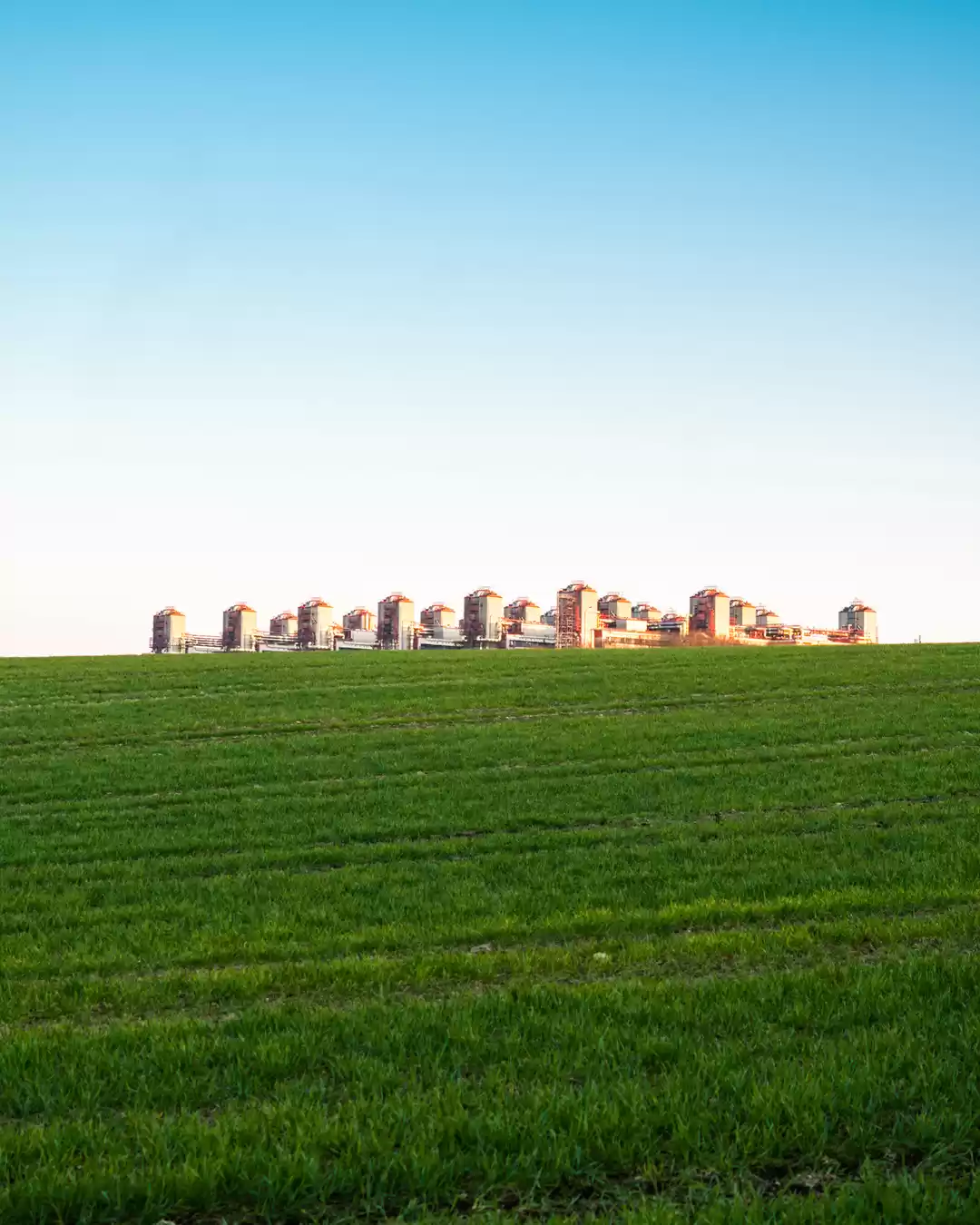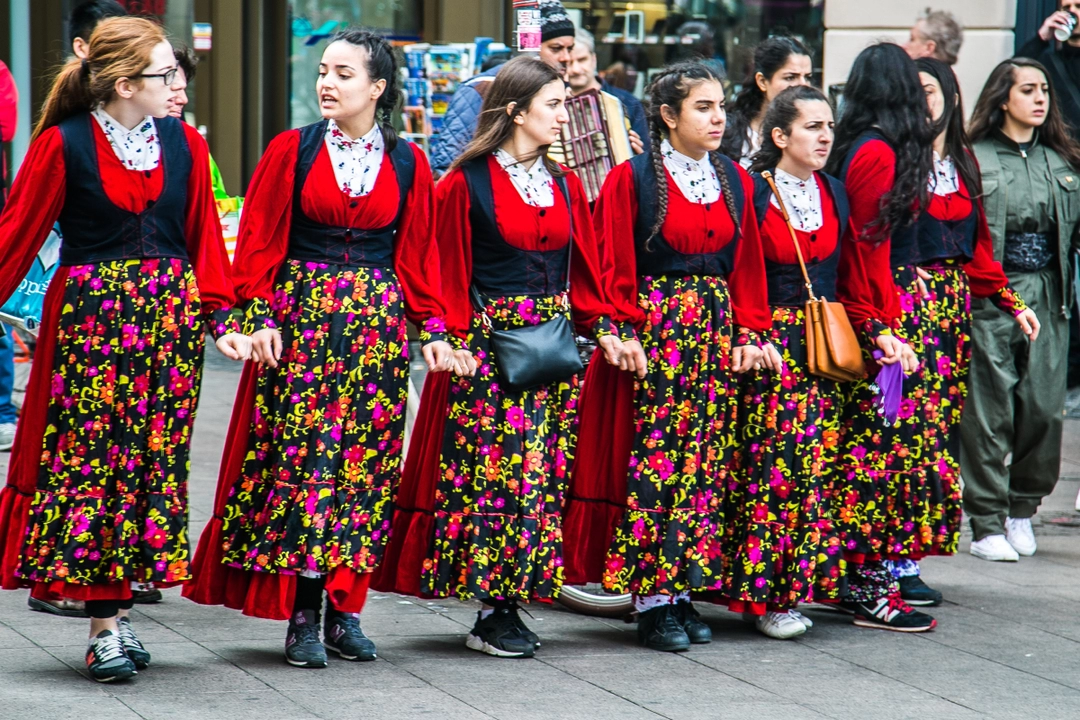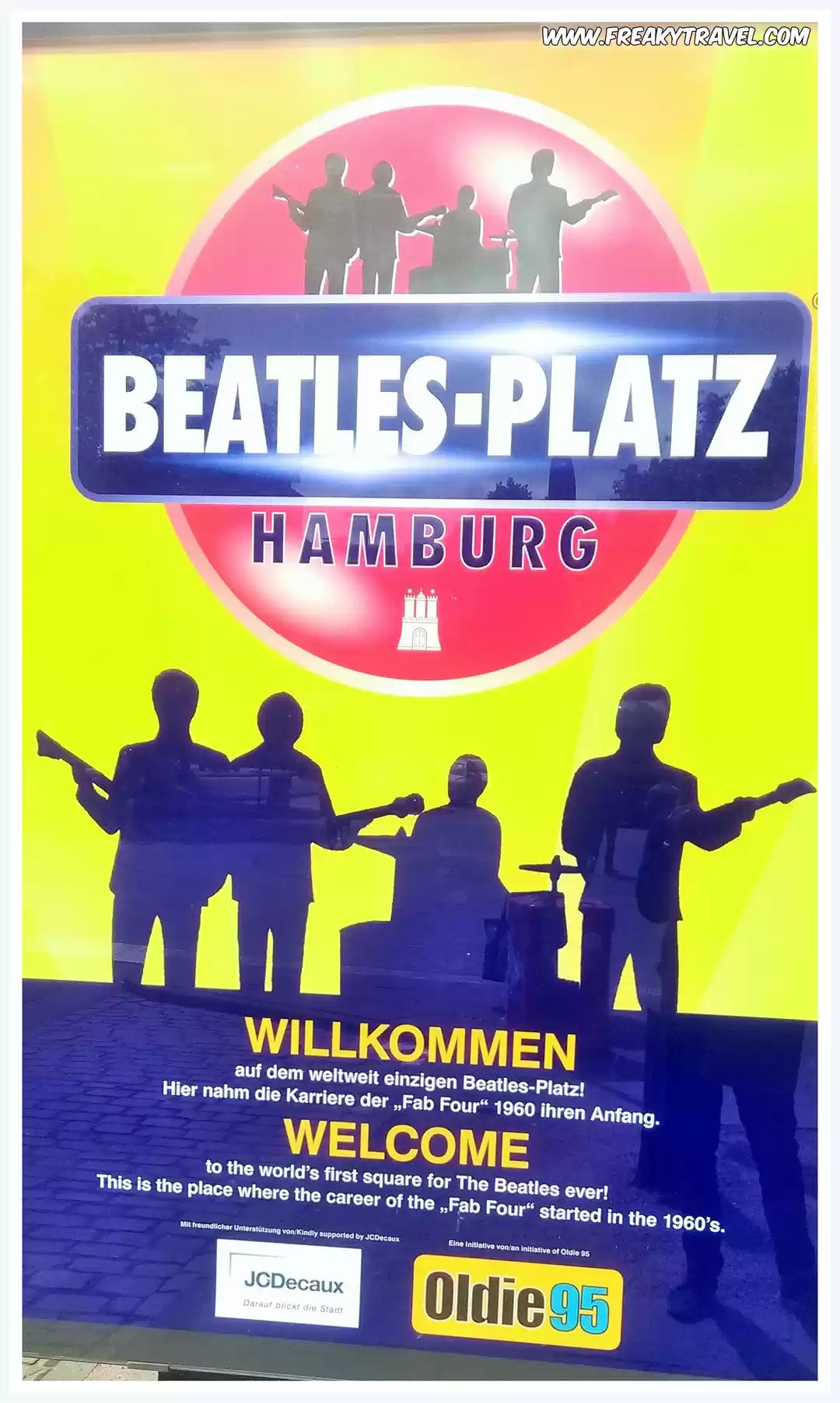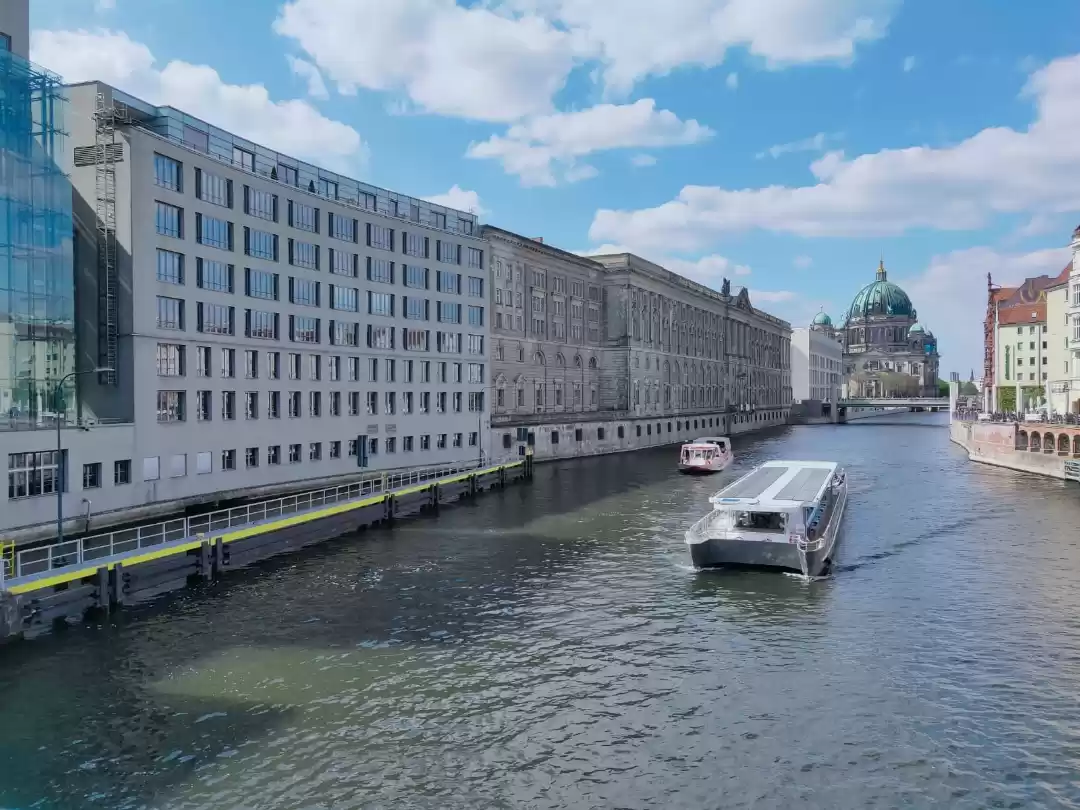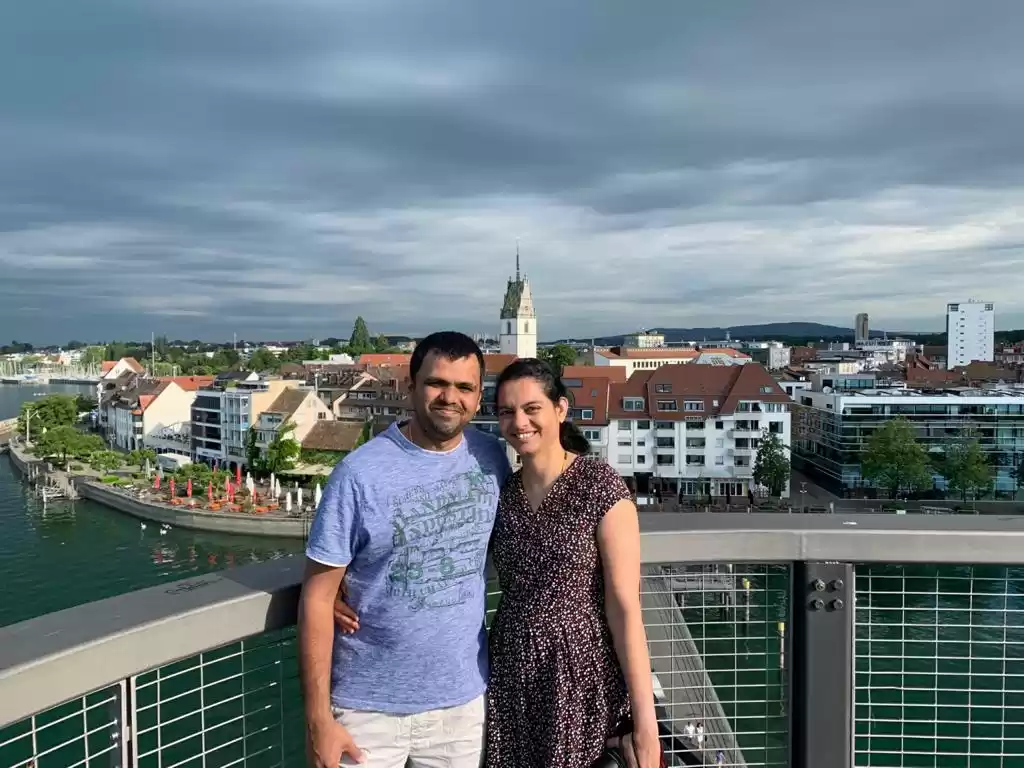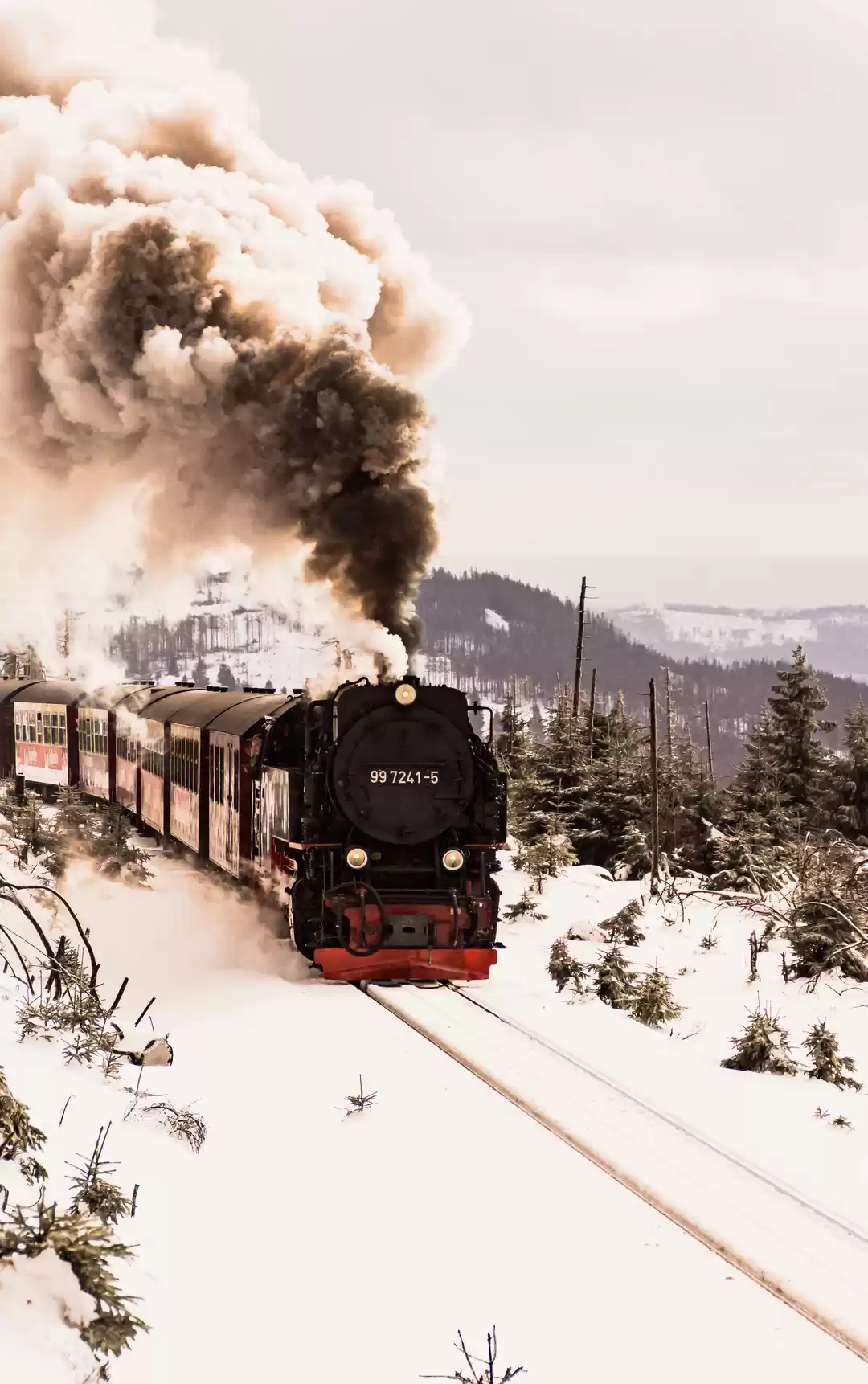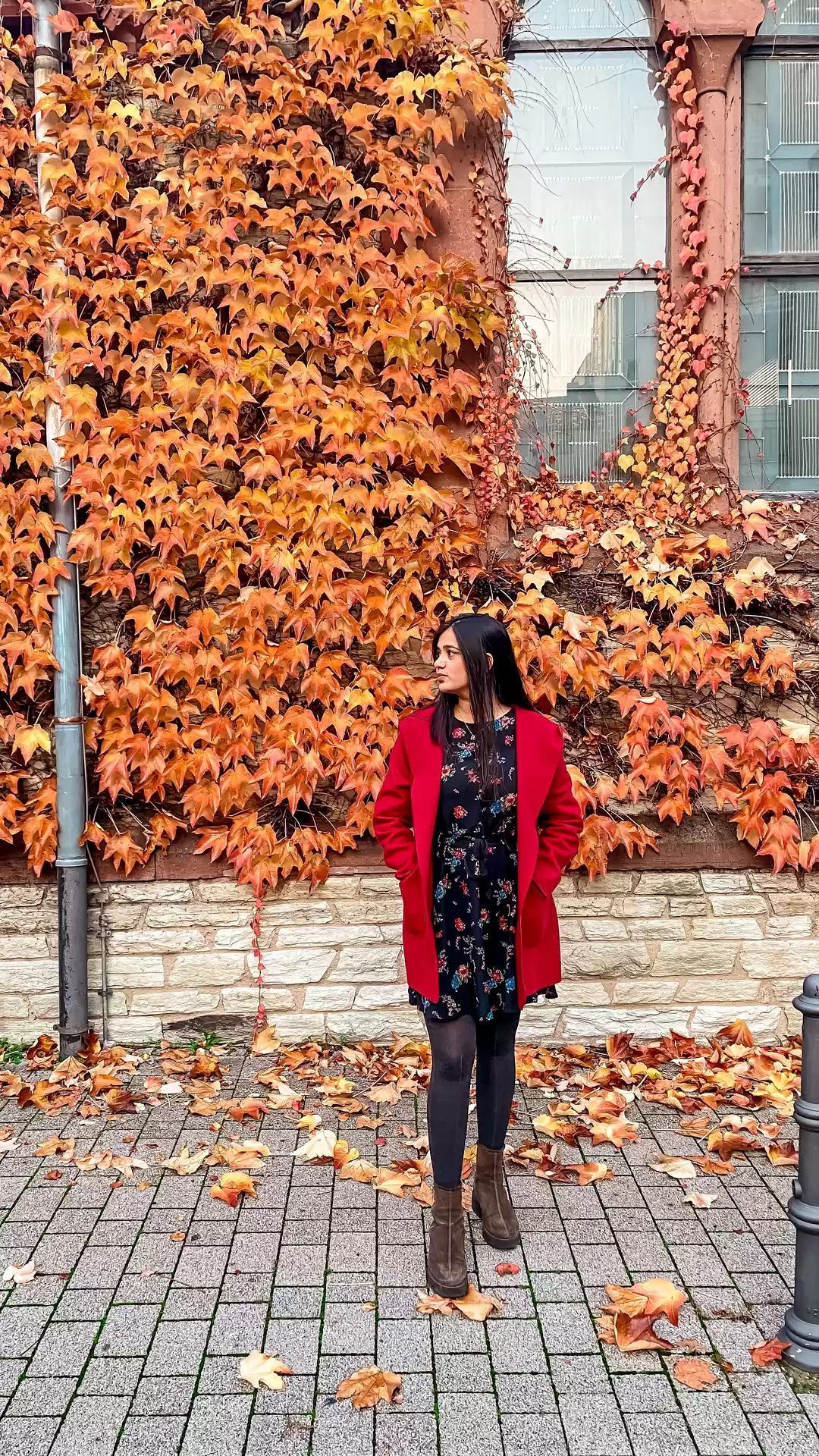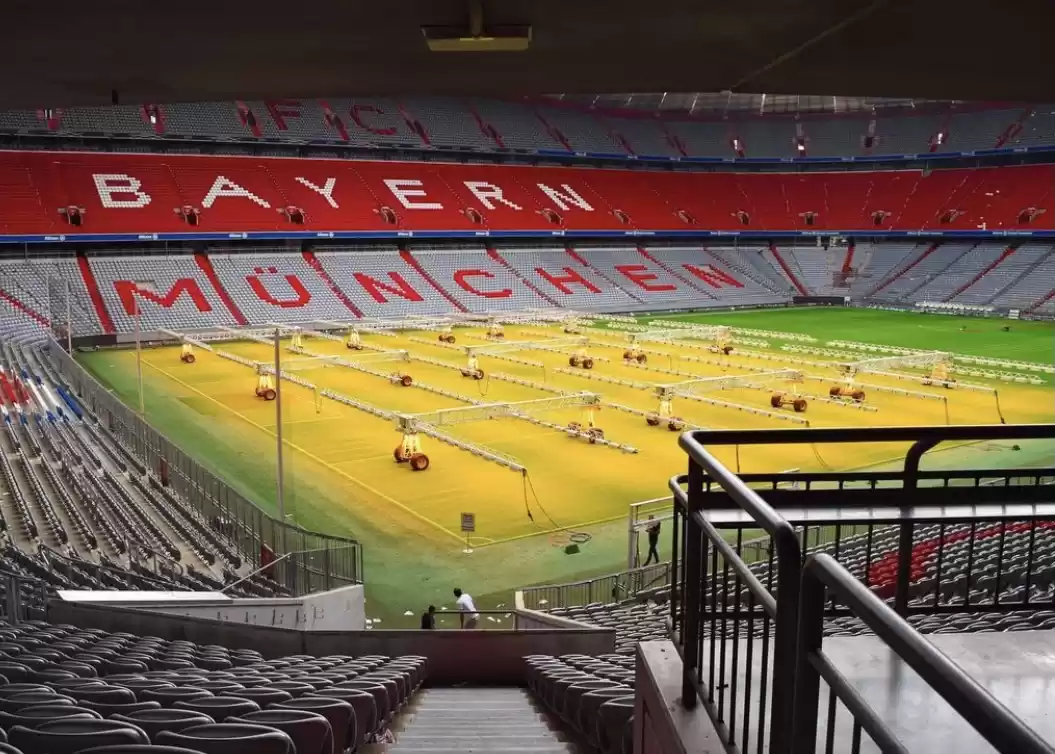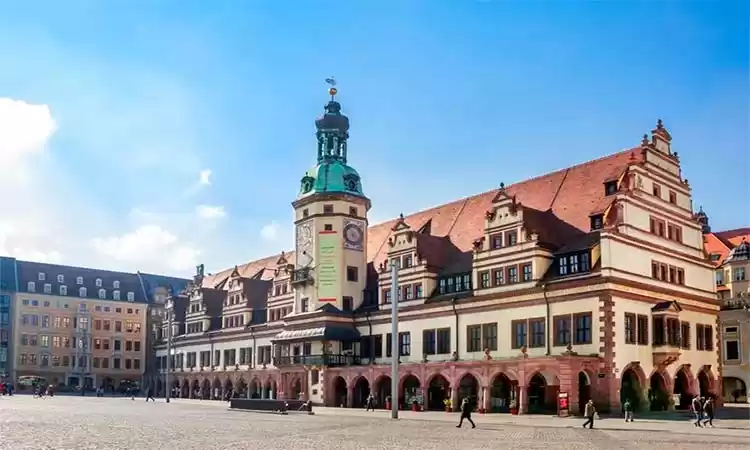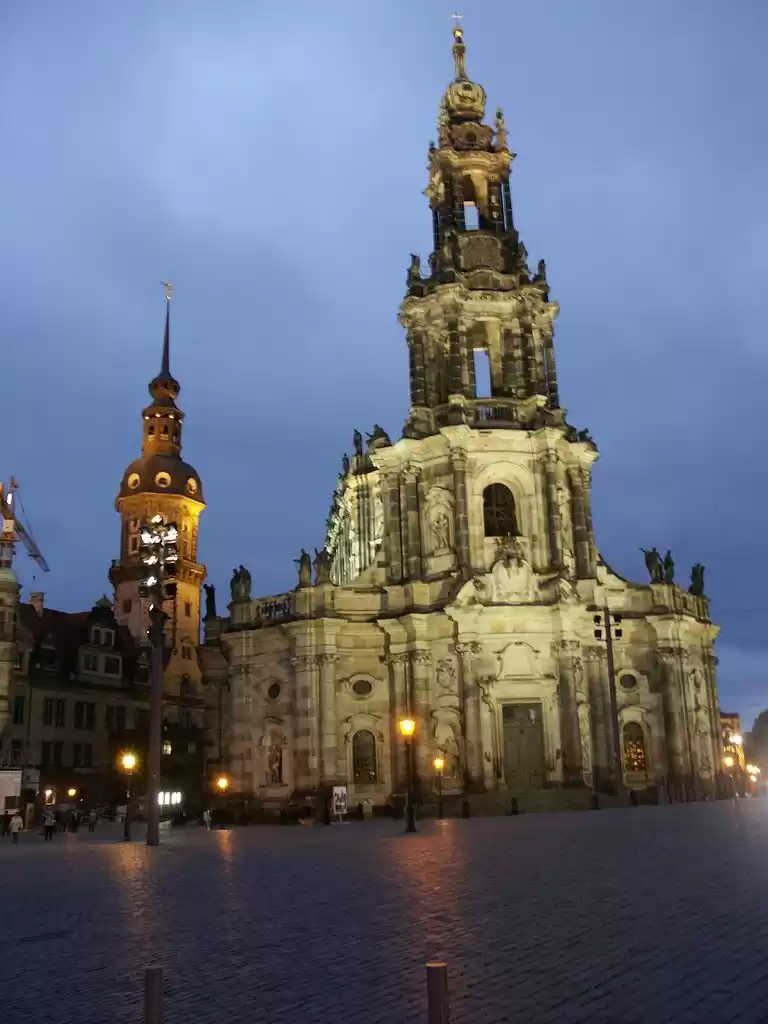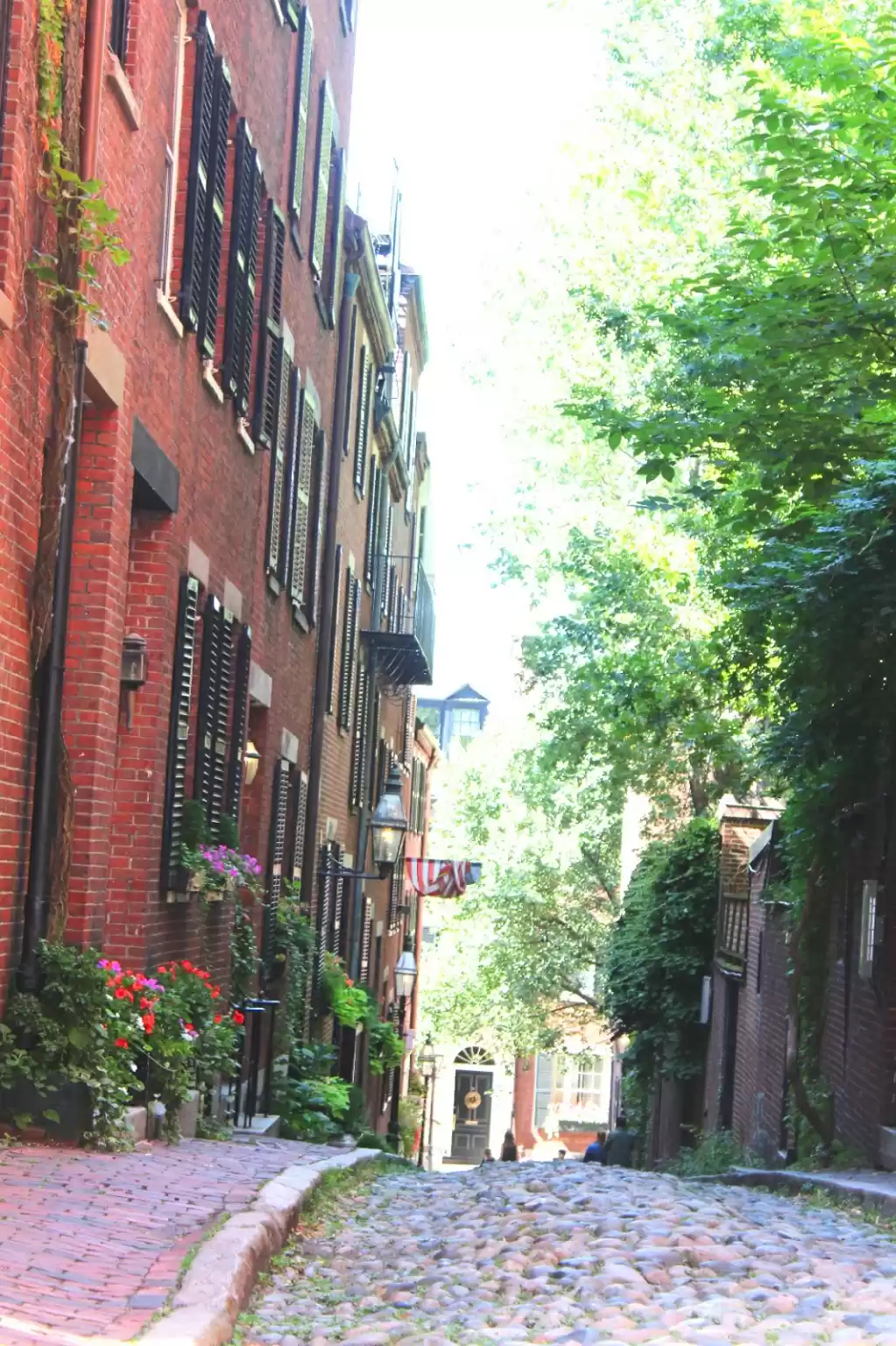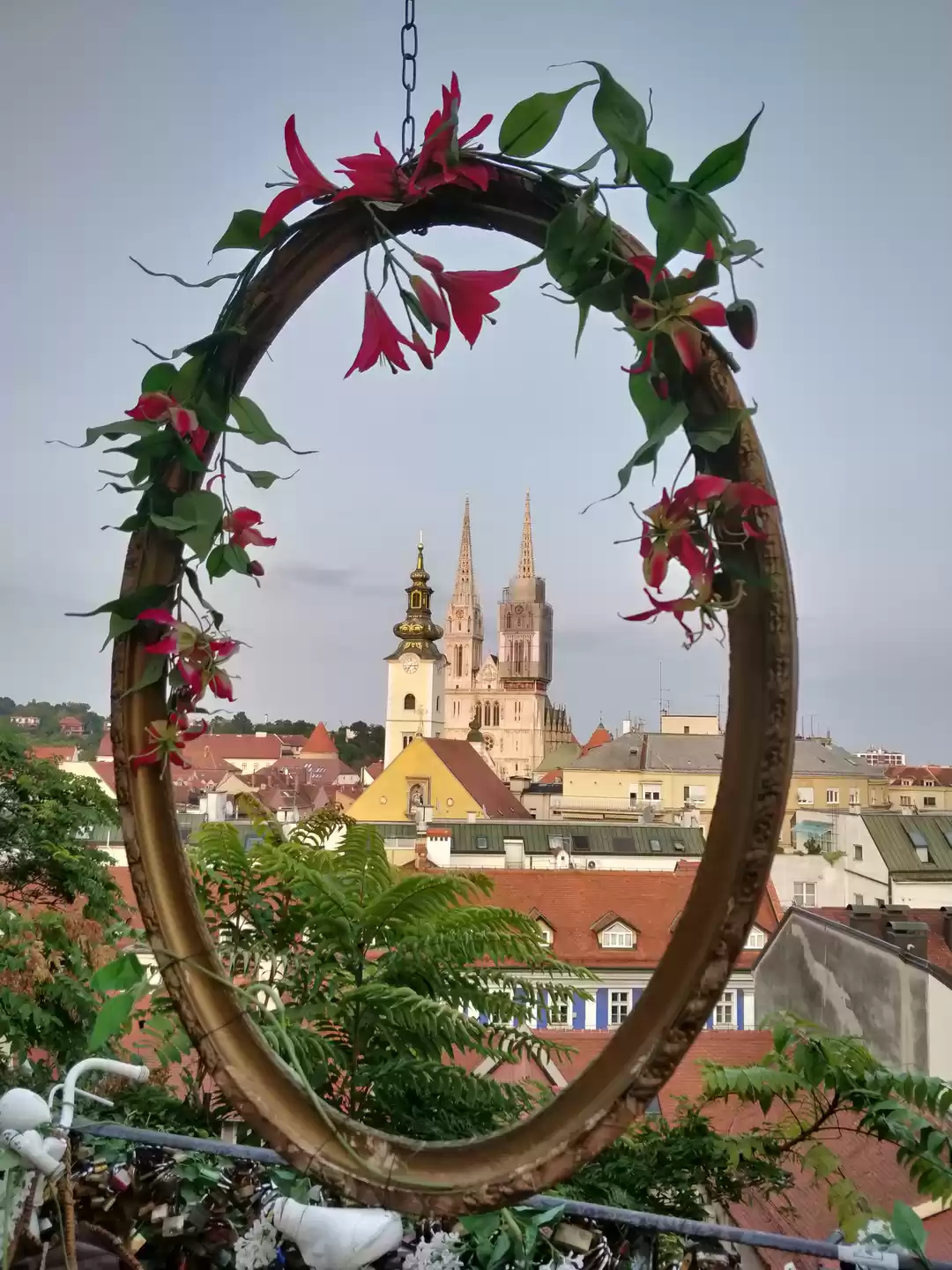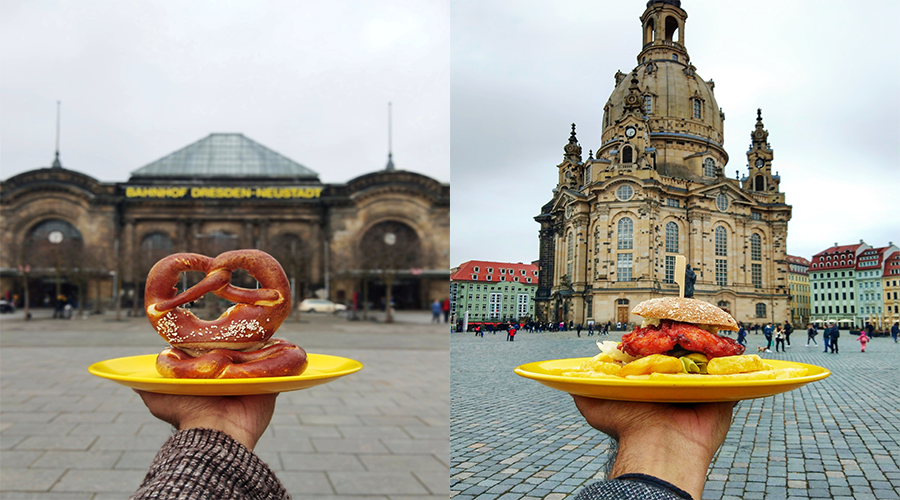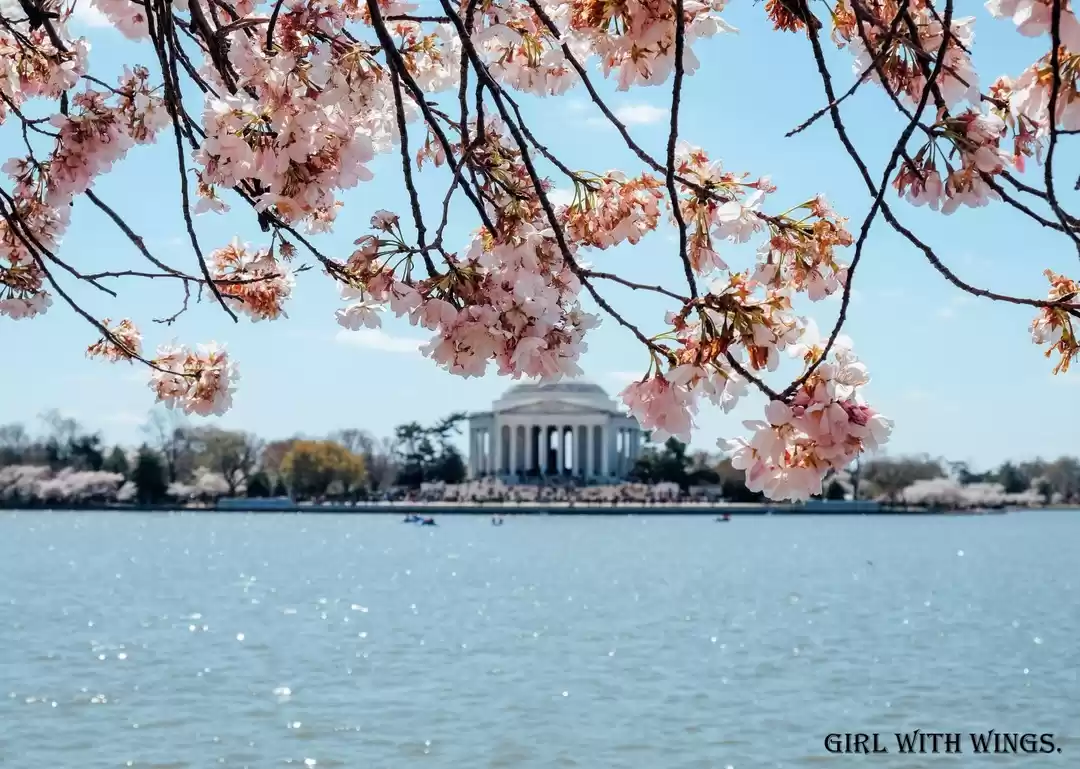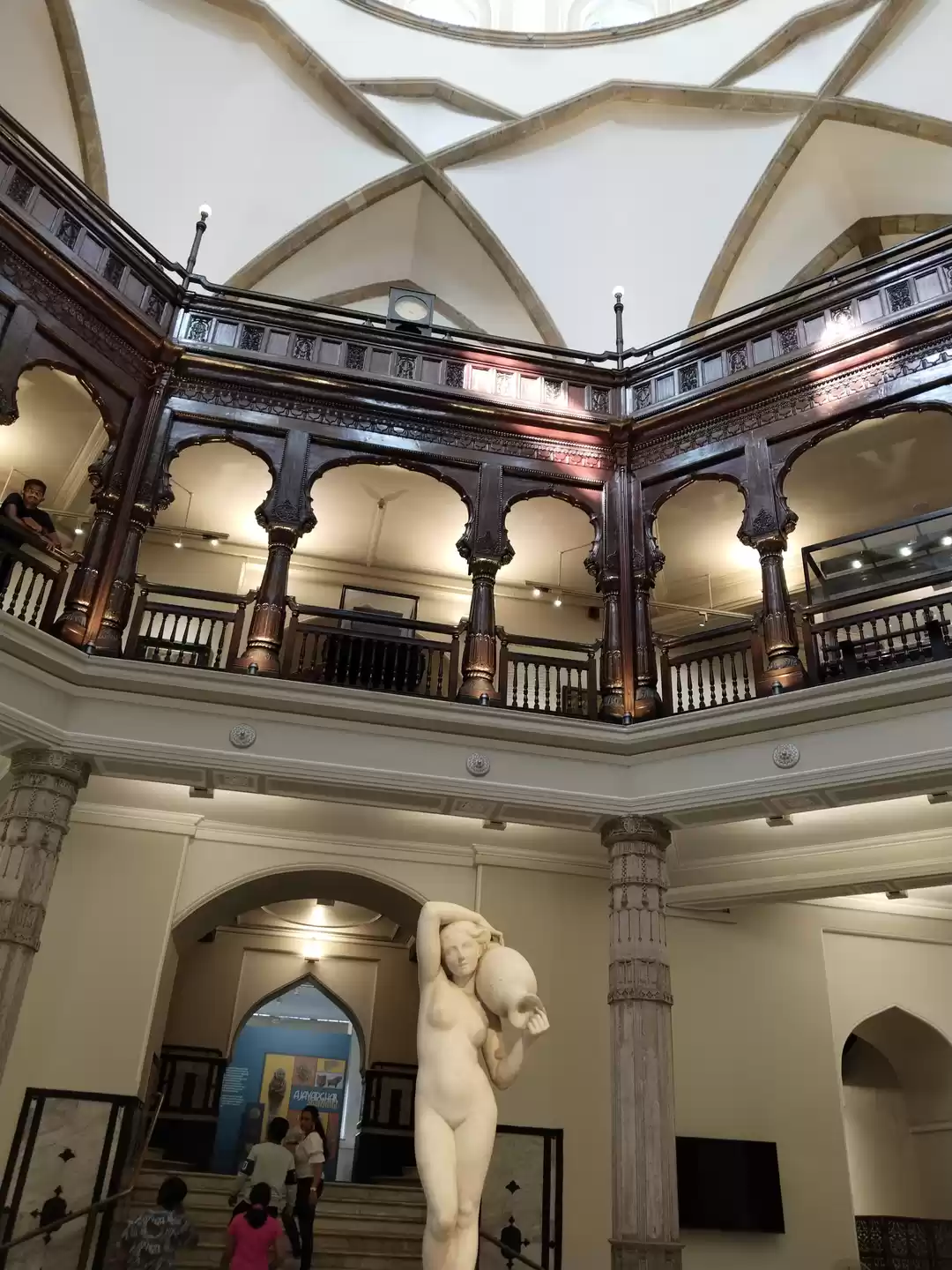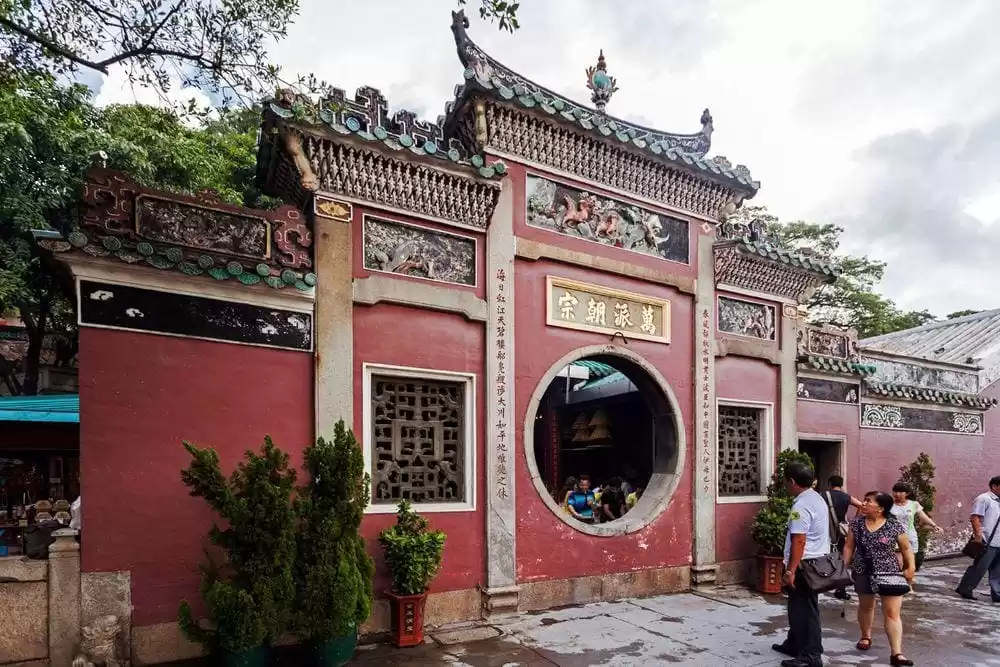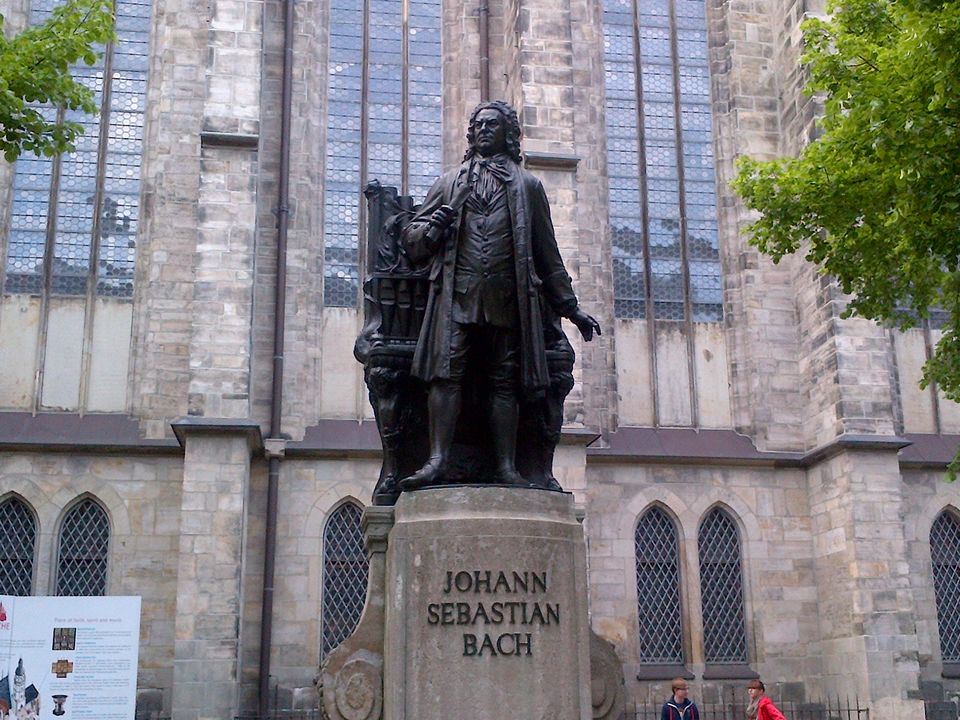
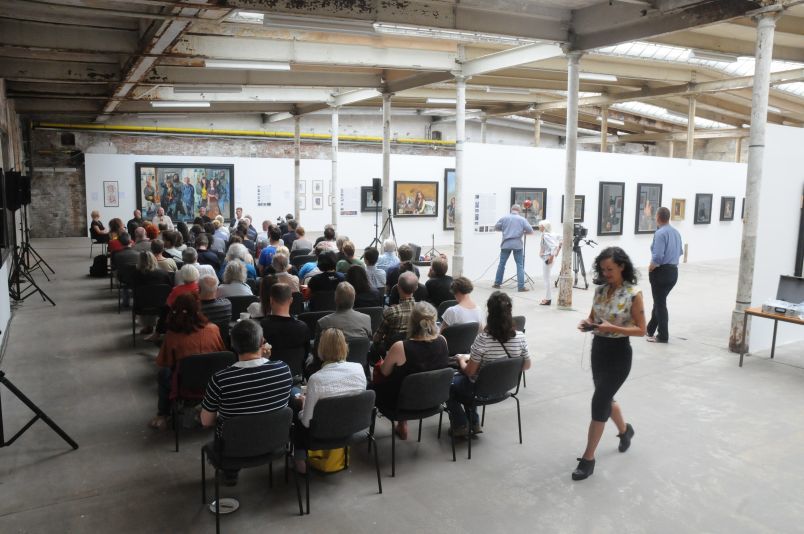
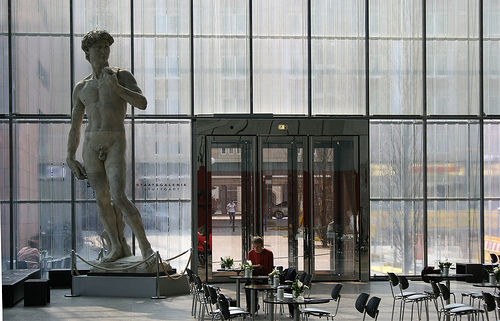
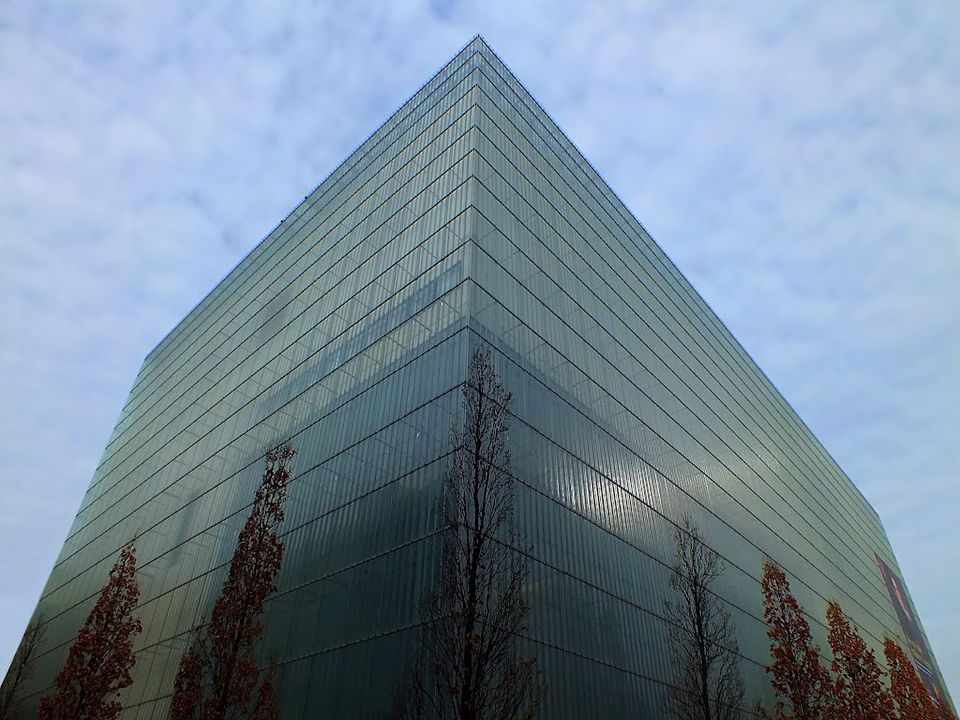
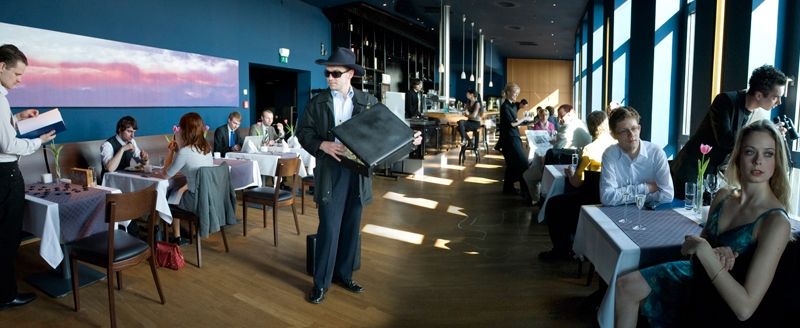
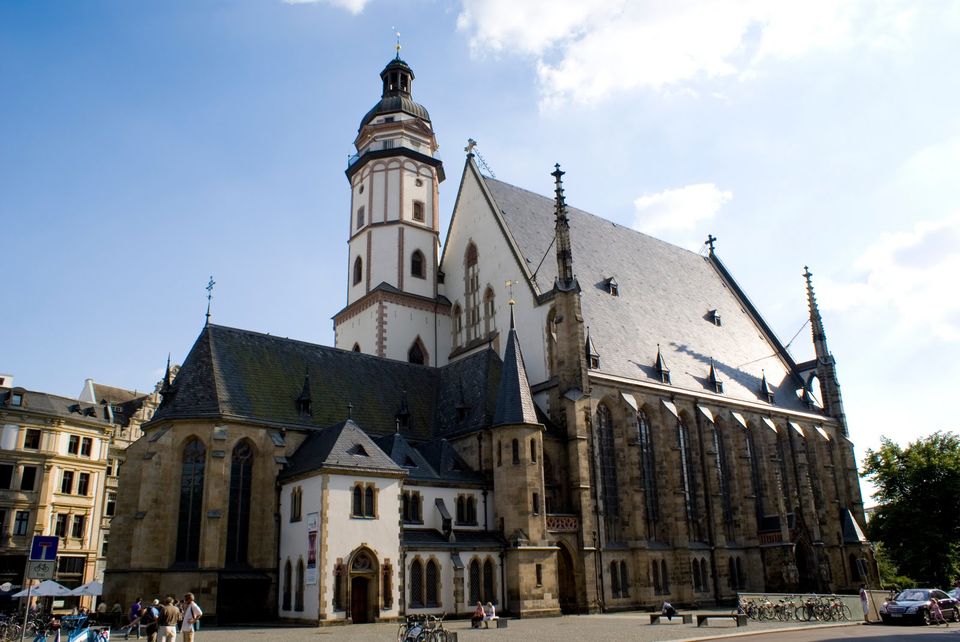
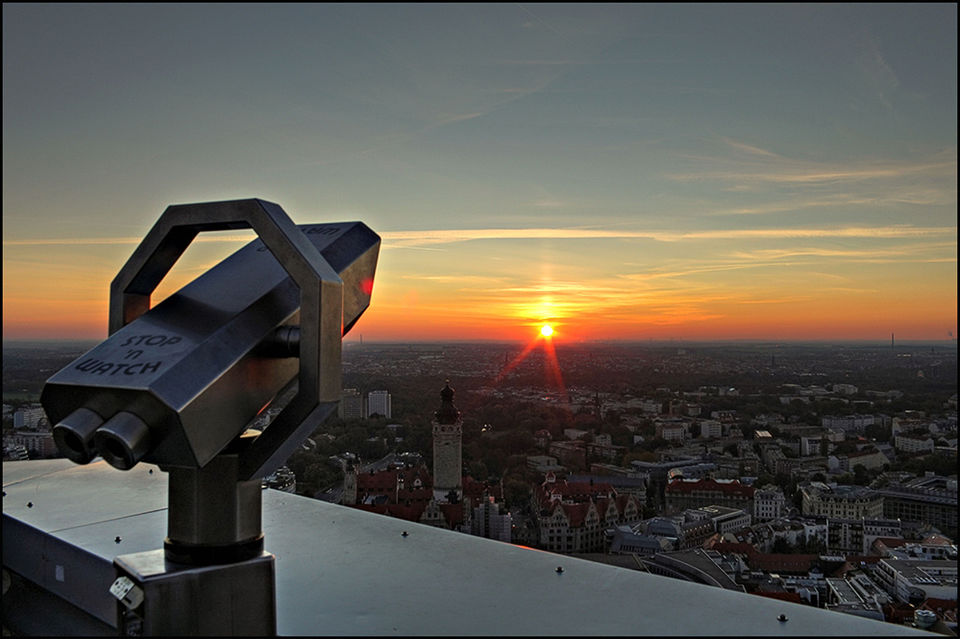
Being in arty Leipzig, an East German city, is like being in the company of a beautiful woman.
On my way to Leipzig I was enjoying the scenery outside: the windmills and the cute villages whilst contemplating on the role this small city played in the fall of communism. The train finally zips into a grand railway station complete with three floors of mall underground. Soon we check into the warmth of a lovely 5 star boutique hotel called Furstenhof. Post lunch, we set out to explore this city. Complete with opera houses, gold-domed historical churches, pebbled streets lined with cafes, stylish shoppers, Leipzig disarms you with an unpretentious smile. In fact, you will have absolutely no idea that during World War II, this city was heavily bombed. Of course, Leipzig rebuilt itself soon after the Reunification of Germany, its historical buildings restored to full glory.
You can find art and music in each and every corner of Leipzig. In a street corner, we see a cycle shaped like an octopus. The side of a high-rise building, a potential eye sore, has been painted in vibrant patterns by a renowned artist; a wall that used to be a part of a historic building has been left like a piece of installation art. But it’s on the weekly vegetable market under a flyover that I see their natural flair for style and order. No haggling, no shouting, no arguments here, as farmers open the side of their Mercedes vans to display fruits, flowers, cheese. Well dressed shoppers with pretty Eco friendly bags go about picking their goods without much of a word exchanged with the stall keeper the smile is enough. Of course, there is someone to silence them all. An accordion player delighting everyone with a composition by Bach. Music and art intertwine with grace in Leipzig.
Leipzig, ranked 68th in the world in the livable city index, has cast its spell on me. So when I hear about a belief around the statues of Mephisto and Faust (characters from Germany’s most famous play Faust by the master of German literature, Goethe), located in the middle of the central market, off I go. As per the belief, if you rub the shoes of the statues, you are assured of a return visit.
For a chance to be back in Leipzig, leave alone a stone-dead statue, I am ready to be a shoeshine boy all my life.
This Lutheran church is where classical maestro Bach worked as a choirmaster until his death in 1750. Built in the 12th century, this church is a classic example of Gothic architecture. There is also a statue of Bach next to the church made by Leipzig Sculpture, Carl Sefner in 1908. Martin Luther preached here in 1539. Visitors flock here to not only watch with awe the beautiful interiors(lined with Gothic paintings) and architecture, but also attend the services and to hear the concerts by various choirs.(Considering it once housed the school of Bach) The church has survived various bomb attacks and efforts are being made to preserve it from deterioration from air pollution.

I soon found myself in front of a towering skyscraper, the shape of which is supposed to look like an open book. However, the common Leipziger has found a more convincing analogy and nicknamed the building Weisheitszahn (Wisdom Tooth). Stepping into an elevator, I rocketed my way up to a roof top restaurant with a sweeping view of the beautiful town below. The restaurant manager ushers us in: “Welcome to the highest point of Leipzig. You are on the 36th floor.” This is the highest multi-storey tower in Leipzig and was designed by Herman Henselmann. Earlier a part of the University of Leipzig, this tower was later on sold to a U.S investment bank. Plate of art gives you a full view of the city while serving a delightful menu!

This former cotton mill is a 10 hector industrial estate, parts of which have been converted into art galleries, restaurants and studios. One of the biggest mills of the last century, this one was opened to the students of the New Leipzig School and rented out to the aspiring artists. The place has 10 galleries and more than a 100 artists. I visited Alliene Howell, an American artist here. A specialist in nudes, the walls of her room are full of naked glory. “This is me,” she points out to one of the paintings with no hint of embarrassment. I do not know how to react, but pretend to look suitably impressed. Meanwhile, the paintings of her room partner, another American, are red with violence. “It’s probably because I read newspapers too much,” she explains, as I survey her paintings full of blood, bombs and still-borns.

The Leipzig Museum Of Fine Arts displays a wide range of late middle ages to modern art. It houses around 3,500 paintings, 1000 sculptures and 60,000 graphical works. The museum came into being withe the Leipzig Art Association in 1837. After being destroyed during World War 2, the building has been successfully restored with much of the inventory being recovered. This museum is an integral part of the cultural heritage of East Germany. The Museum houses the famous Beethoven sculpture by Max Klinger.






